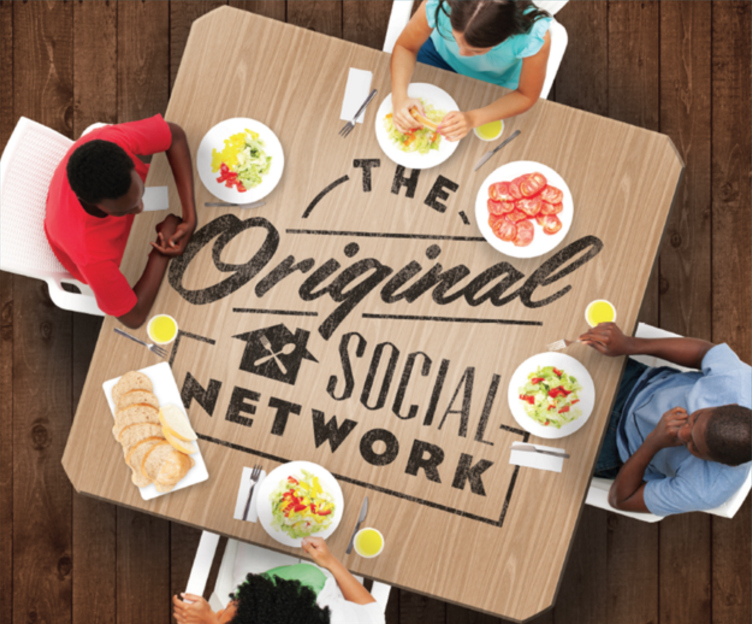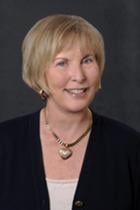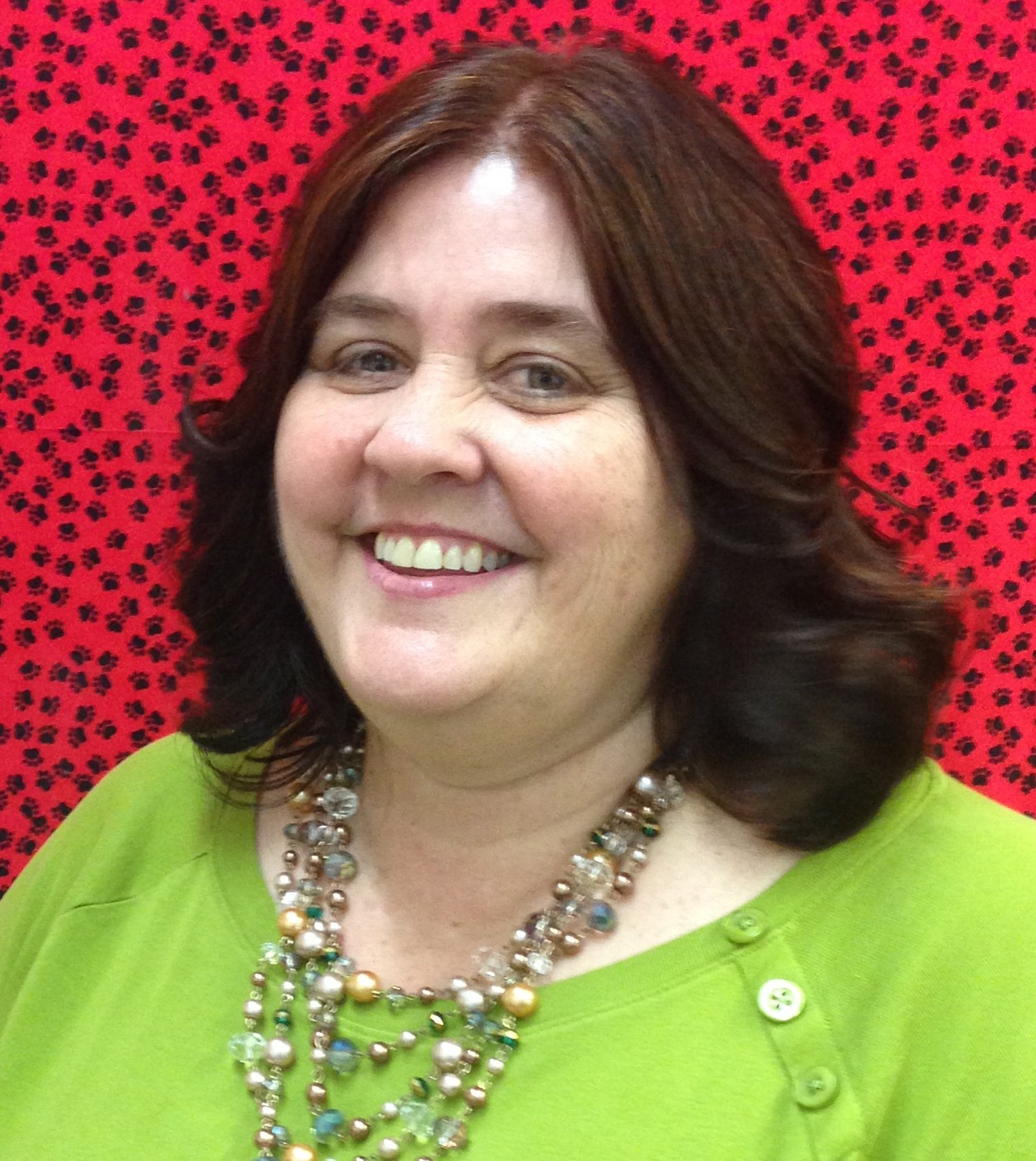Family Day is a national effort aimed at promoting family dinners and building healthy kids. Set for Sept. 26 this year, Family Day emphasizes the value of sitting down and enjoying a meal with your children. The benefits go beyond basic sustenance, reaching into something much deeper: Teens who regularly eat dinner with their families are less likely to engage in risky behaviors. Here’s a deeper look at the value of Family Day and how this simple effort can lead to healthy kids:
Family Dinners, Healthier Kids
The prospect that family dinner ultimately results in healthier kids might seem odd, but research backs up this concept. One study conducted by Columbia University discovered that teens who had frequent dinners (more than five times a week) with their parents were more likely to have excellent relationships with them than those families whose dinners were infrequent (fewer than twice a week). Subsequently, the better the relationship kids have with their parents, the less likely they were to use drugs, alcohol, and tobacco.









